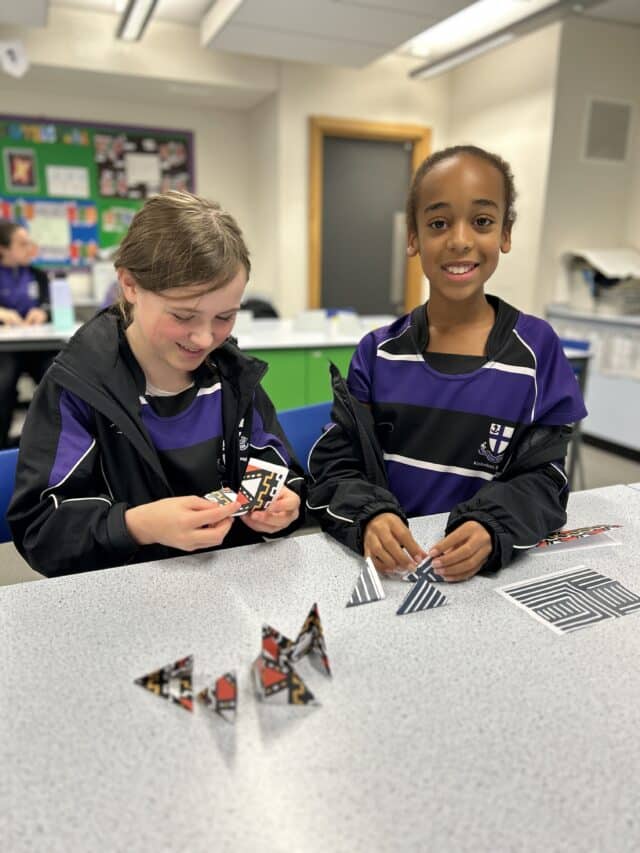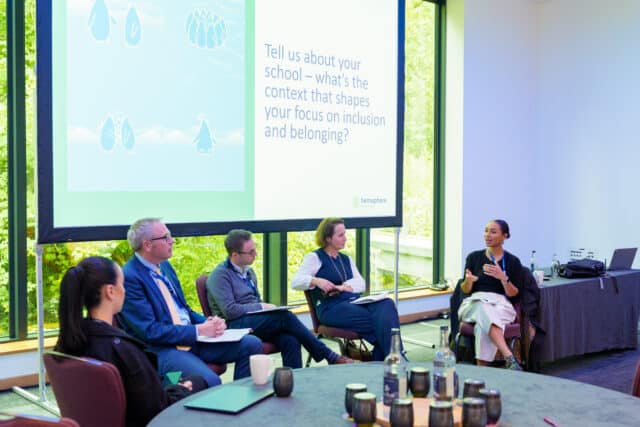Blog
Standing firm in power and pride: why Black History Month matters in schools

Kate Latham
Assistant Head: Academic and EDI Lead, Kimbolton School
Read the blog
Every October, Black History Month invites schools to pause, celebrate and reflect. The national theme, “Standing Firm in Power and Pride”, captures something vital for education: how we help young people to recognise their identity, value the contributions of others, and find the confidence to stand tall in a complex world.
More than representation
For me as EDI Lead, Black History Month is never just about putting on events or filling a calendar. It is about creating spaces where pupils encounter new perspectives and wrestle with questions of belonging. Representation matters, but so does reflection. When a pupil says after a discussion, “I never realised that part of the story before,” or when they see themselves mirrored in a text or in the experience of a visiting speaker, it is a moment of connection that lasts.
At Kimbolton, these moments might come through hearing directly from an inclusive leadership expert such as Linbert Spencer OBE, discovering new voices in a library display of Global Majority authors, debating the legacy of historical figures, or creating artwork that symbolises heritage and identity. Each is an entry point to bigger questions: Whose voices are we hearing? Who has been left out? How does that change our understanding?
Pupil voice at the heart
What strikes me most each October is not the variety of sessions, but the way pupils take ownership of them. Clubs and societies regularly choose Black History Month as a theme, bringing their own lens to the conversation. Whether through patchwork poetry in Creative Writing Club, a debate on historical icons, or craft, film and faith-based reflections, pupils are exploring history through their own voices.
As a teacher, the most rewarding part is watching them link these conversations to their own experiences. The most powerful moments are when pupils realise that history is bigger than the stories they already know, and that inclusion changes how they view the world around them. That is the impact of pupil-led exploration — it builds agency as well as empathy.
Embedding across the curriculum
The theme of standing firm in power and pride also resonates deeply in the classroom. In Year 8, pupils study the transatlantic slave trade in History, explore global inequalities in Geography, and encounter voices of protest in English. In Year 9, they consider the role of Empire soldiers in the First World War, often connecting it to wider questions of identity and loyalty.
As pupils progress, these ideas develop. GCSE groups engage with contemporary non-fiction such as The Danger of a Single Story and A Passage to Africa, while Sixth Formers reflect on Black American literature and explore how Black History Month is marked internationally. Embedding these themes ensures that inclusion is not confined to one month, but woven into the very fabric of learning.
Creativity, identity and belonging
Black History Month also invites creativity. Pupils are encouraged to respond in different ways: designing artwork with symbolic meaning, writing diary entries from the perspective of Black historical figures, or even entering a cultural food challenge inspired by heritage. These projects often open up conversations at home as well as in school — parents tell us how family stories have been shared, or how recipes handed down through generations have been rediscovered.
Creativity makes history personal. It allows pupils to bring their whole selves into the classroom, connecting individual identity with collective heritage. That sense of belonging is one of the most powerful outcomes of the month.

Why it matters
Ultimately, the value of Black History Month lies not in the programme of activities but in what it cultivates in young people. It develops empathy by asking them to step into another’s shoes. It builds courage by encouraging them to question accepted narratives. And it inspires imagination by showing them new possibilities for the future.
At Kimbolton, our aim is that the conversations sparked each October do not end when the month does. They continue in assemblies, in curriculum choices, in pupil leadership, and in the way we model inclusion as staff.
“Standing firm in power and pride” is not just a theme for October. It is a reminder of the confidence we want every young person to carry with them: the confidence to know who they are, to value others, and to lead change with integrity.


